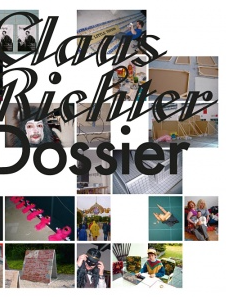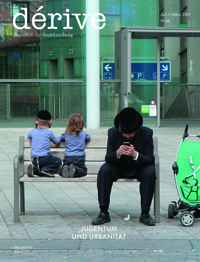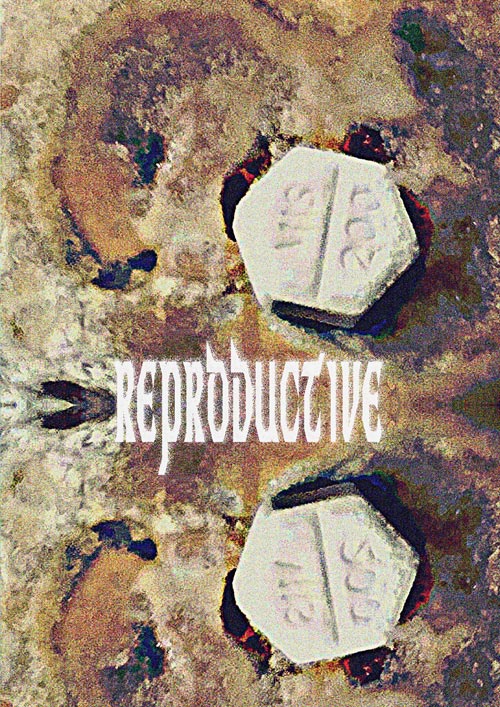MZIN
public service.
visual culture.
print matters.
mail[@]mzin.de
0049-0341-9911135
instagram facebook
(paypal accepted)
(all prices in euro)














MZIN
public service.
visual culture.
print matters.
mail[@]mzin.de
0049-0341-9911135
instagram facebook
(paypal accepted)
(all prices in euro)

Futile takes places in Spain and comprises two sets of photojournalistic survey, tracing architectural remnants of the recent recession. The photographers set out in the summer of 2013 to document what the financial crisis had left behind. The first set shows a vast array of unfinished buildings all over the country. The second is a series of images taken at the finished but unused Don Quijote Airport. This ghost airport is one of the largest investment ruins of Spain. The publication includes an essay by Jeroen Nieuwland.

210 x 280 mm, 56 Seiten ISBN 978-3-9817475-7-7

210 x 280 mm, 76 Seiten ISBN 978-3-9816842-8-5

PICNIC # 11 Auto-Biography by Oliver Selzer 210 x 280 mm, 68 Seiten ISBN 978-3-9817475-4-6 Ausgezeichnet mit dem iF DESIGN AWARD 2016.

210 x 280 mm, 56 Seiten ISBN 978-3-9817475-2-2

210 x 280 mm, 64 Seiten ISBN 978-3-9812294-9-3

210 x 280 mm, 48 Seiten ISBN 978-3-9812294-5-5 Ausgezeichnet mit dem if communication award 2010.

90 Farbabbildungen 210 x 280 mm, 80 Seiten ISBN 978-3-9812294-3-1 Ausgezeichnet mit dem red dot award 2009.

#8033
Katrin Erthel und Tabea Nixdorff
Institut für Buchkunst
20.00 €
not in stock
Zu Siegfried Kracauers berühmten Text ›Die kleinen Ladenmädchen gehen ins Kino‹ liefern die Aufzeichnungen von Charlotte Gerth die nötige Empirie. Die Leipziger Angestellte hat über jeden der von ihr zwischen 1931 bis 1951 gesehenen Filme genau Buch geführt. Tabea Nixdorff und Katrin Erthel sind von ihren Listen zu einer ›Drehbuchvorlage‹ inspiriert worden. Gerths ›Kinobuch‹, ein Flohmarktsfund, haben sie transkribiert und kommentiert.

Each cover of i-D magazine gives you a knowing wink that hints at the wonder inside. Cutting-edge and influential, this publication is well known for its superb layout and first class photography. From the UK, this manual of style was one of the first to break the barrier between art and fashion photography.

The more stuff we accumulate, the more space we need to store it all. Vast portions of the landscape are claimed and governed by spaces of storage, their maintenance, and the goods that move through them—or remain buried within them indefinitely. This issue of Harvard Design Magazine investigates and unpacks the contents, containers, and systems of storage that organize our world. Storage is the aggregation and containment of the material and immaterial stuff of culture; but also the safeguarding—or hoarding—of energy and tools for some imagined future purpose. How does all this stuff mask or overcompensate for economic and ecological bankruptcy? Is storage about greed or need? Storage, perhaps, is everything we can live without but insist on living with. “Shelf Life” explores what’s inside the box (shed, tank, urn, vault, crypt, crate, case, pot, bag, vat, morgue, safe, bin, archive, warehouse, cabinet, cellar, cemetery, depository, locker, freezer, landfill, library). Even as we attempt to reduce and recycle, the stuff that we dispose of also needs to be stored. Where do we put it? Our planet is now a saturated receptacle. This warehouse is full, and we’re all inside it.

Graphic Recording, eine Technik zum Live-Illustrieren von Präsentationen, Workshops und Tagungen, wird immer beliebter und verbreitet sich rasant. Nun erscheint erstmals ein umfassendes Handbuch.

Inhalt: Editorial Christoph Laimer – Judentum und Urbanität: Vorwort Joachim Schlör Das Phänomen der jüdischen Berlinophilie Laurence Guillon Der dunkle Kontinent unweit des Hauptpostamts. Das jüdische London aus (post)kolonialer Perspektive Tobias Metzler Warschau – jüdische Absenz, jüdische Präsenz Joachim Schlör Antisemitismus und Großstadtfeindschaft Bodo Kahmann Diamanten und Orthodoxie? Ein historischer Blick auf jüdisches Leben in Antwerpen Veerle Vanden Daelen – Kunstinserts: Susanne Kriemann: One Time One Million Andreas Fogarasi – Magazin: Zwischen An- und Abwesenheit Mikro-Verteilerzentren in urbanen Nischen Carina Sacher In Ketten durch Wien. Leo Perutz – Zwischen neun und neun Alexander Peer Was ist Urbanität? Eine Auseinandersetzung mit Manfred Russos Buch Projekt Stadt Klaus Ronneberger – Besprechungen: Wunschmaschine Gemeindebau Robert Temel Am Ende der Anfang? Andre Krammer Kreativpolitik und städtisches Regierungshandeln Klaus Ronneberger Zweimal Leben! Wie sich durch Film unsere Realität erweitert Ursula Probst

The comprehensive book on the visionary Hussein Chalayan, one of the most innovative, experimental, and conceptual fashion designers working today. Internationally acclaimed, Hussein Chalayan is known for his inventive use of materials and integration of new technology into his designs. He is also celebrated for putting the creative process itself on view. Some of his best-known designs include a paper dress that can be folded into an envelope and airmailed, armchair covers that transform into dresses, and a coffee table that reveals itself to be a wooden skirt. Original and groundbreaking, his designs are also pretty and modern, and this book explores that continuum. Featuring Chalayan’s complete body of fashion and creative work—including his installations, videos, and photographs—this unique and beautiful volume is as thought-provoking as it is stunning and is sure to be coveted by fashion, art, and design connoisseurs.

Kurz nach dem Mauerfall lud die französische Regierung die interessantesten Künstler der in Auflösung begriffenen DDR nach Paris ein. So saßen im Frühjahr 1990 sieben ostdeutsche Fotografen in einem Markthallencafé und beschlossen die Gründung einer Agentur, um sich für die politischen, wirtschaftlichen und ästhetischen Herausforderungen der neuen Zeit zu wappnen. Sie nannten sich »Ostkreuz« nach der umtriebigen S-Bahn-Station in Berlin. Seitdem schreibt die Gruppe eine einzigartige Erfolgsgeschichte: Ihre Fotos werden in den wichtigsten internationalen Magazinen gedruckt, gemeinsame Ausstellungsprojekte –Die Stadt. Vom Werden und Vergehen oder Über Grenzen – touren durch die Welt. Zum 25. Jubiläum erscheint diese besondere Mappe mit Bilderbögen jedes der 20 Mitglieder, ein Begleitheft erzählt die Geschichte der Agentur und zeigt Fotografen aus der DDR-Zeit, unter anderem von Sibylle Bergemann, Harald Hauswald, Ute und Werner Mahler.

The “Reproductive” issue (edited by Orsolya Bajusz and Csilla Hódi) is a report from the war for the body – with a special focus on the Battle of the Abortion Pill, feminist self-defence, techno-ontological concussions, hijacking and barricades. Reproductive rights is a matter similar to drugs – whatever needs to be said has been said, is being continuously said, the evidence has been there for a long time, it is crystal clear, and yet nothing changes, and likely not much will change in the near future, as there is too much at stake. This issue is an attempt to re-present academic material (and/or pure perversion) which we have stumbled upon through our dedicated research.
By continuing to use the site, you agree to the use of cookies. more information
The cookie settings on this website are set to "allow cookies" to give you the best browsing experience possible. If you continue to use this website without changing your cookie settings or you click "Accept" below then you are consenting to this.